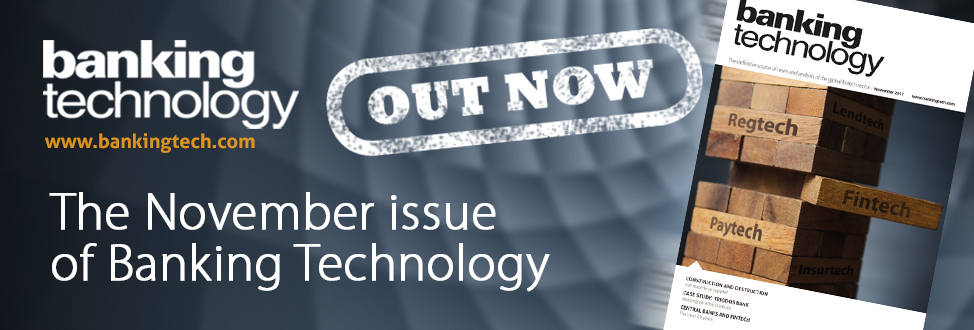Passport to success: optimising treasury technology in the connected age
To reap the real benefits of technology, Tom Durkin from Bank of America Merrill Lynch (BAML) argues that treasurers should be thinking about an extended journey, not a day trip. He explores the waypoints.
In the face of increasing pressures on global commerce and the “do-more-with-less” corporate mantra, the need of certain professional functions – notably treasurers – to become strategic assets to their organisations is readily apparent.
For the modern treasurer, that aim means adding-value and being efficient. This requires skill, knowledge, experience – and technology. And as far as the latter is concerned, building a coherent and optimised treasury function is a journey that takes planning and foresight, a keen understanding of what technologies are available now, and, importantly, how they might evolve.
Moving to higher ground
Whilst a key theme within today’s technology landscape is “ease of use”, the real quest for organisations is “efficiency”. For treasury teams, this means shifting from a reactive stance to one of proactivity. In helping treasurers and their teams on their journey from being a tactical function to one that has important strategic value, technology is now seen as a vital component. But it is one that changes rapidly.
Whether success in strategic mode is derived from how treasury integrates with its banking partners, how it acquires better data, or its approach to automation, it is clear that sustaining the advantage requires a long-term engagement with technology. This sets the stage for the eventual arrival in treasury circles of cutting edge tools such as the latest artificial intelligence (AI), robotic process automation (RPA) and advanced application programming interfaces (APIs).
The journey starts
Any corporate relationship with a bank starts with on-boarding. Commonly, it is both a labour- and paper-intensive process. This is where digital processes begin to show their strength. This is not simply about making electronic copies of paper for ease of movement. It is about making those processes fully digital from the outset. In doing so, it allows the focus to shift to the possibilities of data.
Where the end-state is about harnessing a better data structure, whether that is for account opening, KYC, changing or adding signatories – or any of the other processes – data-enabling through true digitisation sets up an organisation to benefit from enhanced predictive analytics. This creates a whole new way of viewing the business but first, the pathways must be opened.
Keeping the routes open
Direct connections between banks and treasury systems via APIs are not new per se. The changing shape of the payments space, driven in the main by the revised Payment Services Directive (PSD2) in Europe, its encouragement of competition and the arrival of a host of new fintech solutions, does however create an interesting developmental framework for this technology.
It makes the data exchange more client-specific and provides for a better exchange of that data. Today’s payments model is typically one-way, from initiation onwards. APIs open the door for a two-way conversation.
A treasurer creating a cash forecast, for example, may wish to supplement that with data beyond what is in the regular bank report. This may not include certain elements, such as pending transactions. Instead of acquiring data from multiple sources (or not acquiring it at all) where APIs provide connectivity, they effectively create one data repository for treasury to access. In terms of better forecasting, this presents an immediate advantage.
However, banks in the retail space may feel less positive. Is PSD2, the push for APIs and the notion of “open banking” that they deliver, a licence for FinTechs, vendors and other non-banks to disintermediate them from their own customer base? Possibly, in terms of maintaining the relationship at the front-end. But banks have customer data on their side. In the corporate space, this is gold dust.
It is incumbent upon the successful bank to shift its status, in the eyes of its clients, from one of “assistant” to that of “valued advisor”.
A bank should be in a position to understand more about its clients’ financial flows than perhaps even its clients do. With rich data on elements such as working capital movements, counterparty payments and trading partners, for a bank to be able to tie that information together, it creates a more robust and informative view of the client.
And of the fintechs? They focus on payments niches; they will not tackle the entire spectrum of corporate activity. Banks own the broadest possible landscape around relationship data. The better they harness the end-to-end relationship view, making it more strategic, the more it becomes a pillar upon which they build out that relationship.
Travel partners
Forward-thinking banks will not be belligerently dismissing the fintechs but will instead be seeking to partner or collaborate with those that have the best solutions in regard to open banking. Seeing the competition as a collaborative opportunity could even change the way the traditional partner-bank approach is modelled…
This is an excerpt. The full article is featured in the November 2017 issue of the Banking Technology magazine. Click here to read the digital edition – it is free!













































